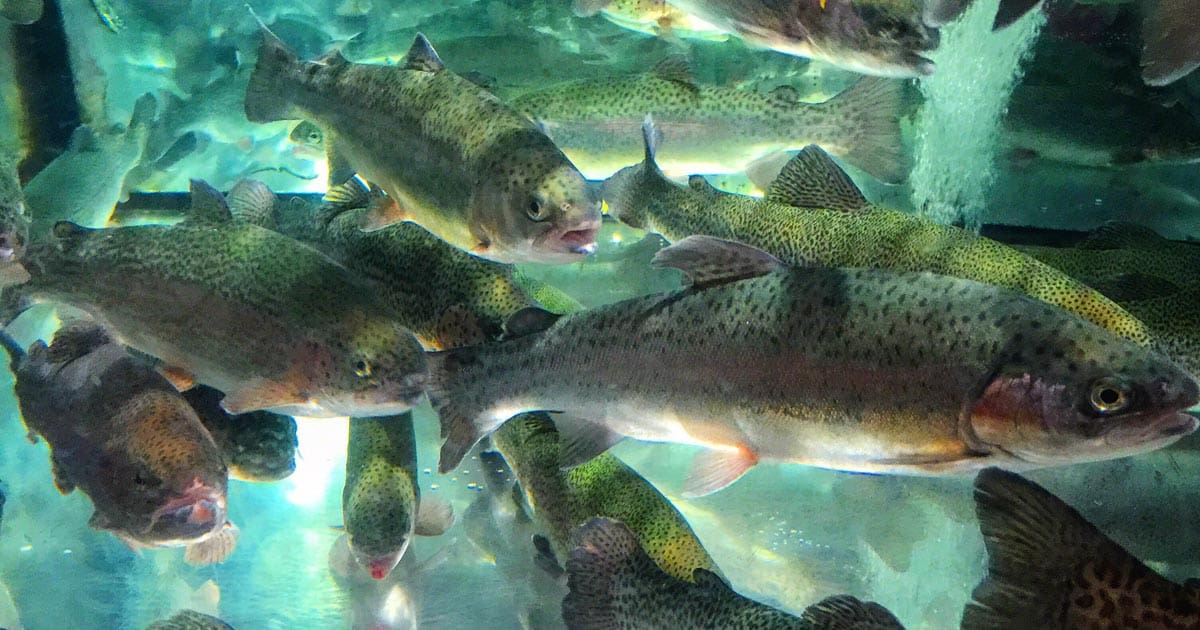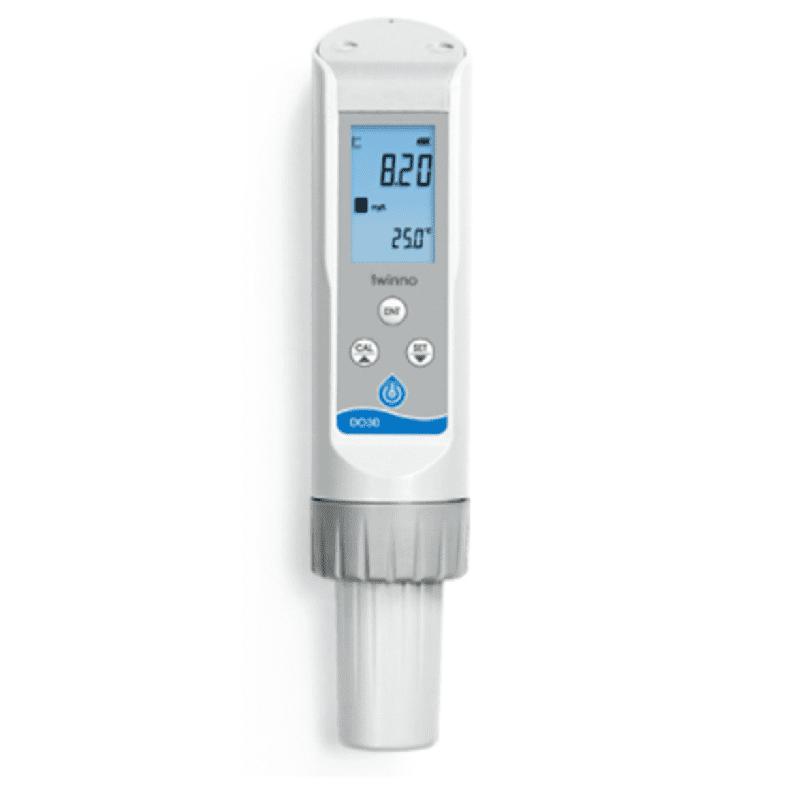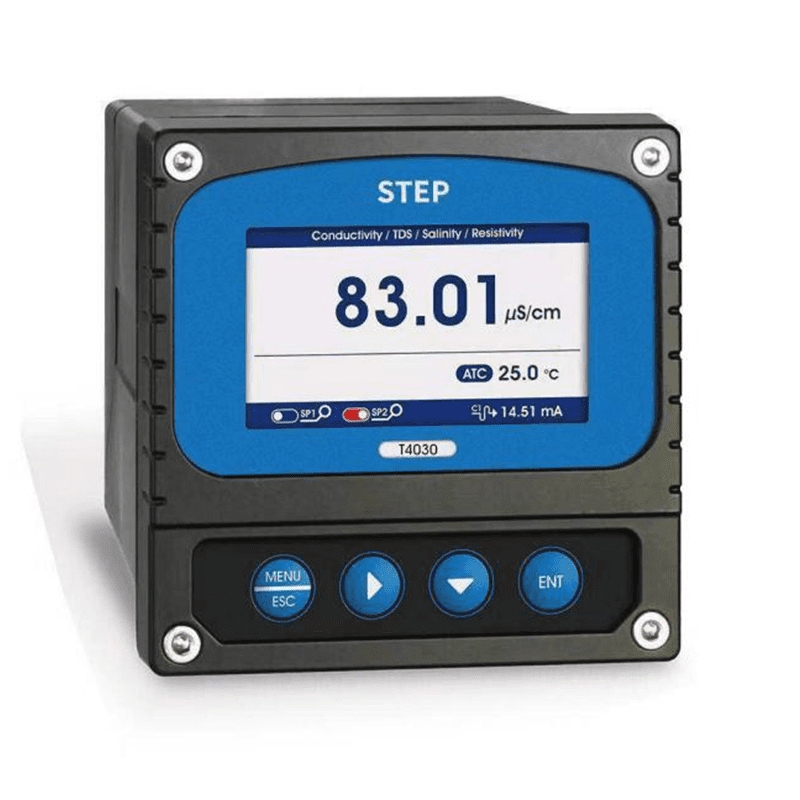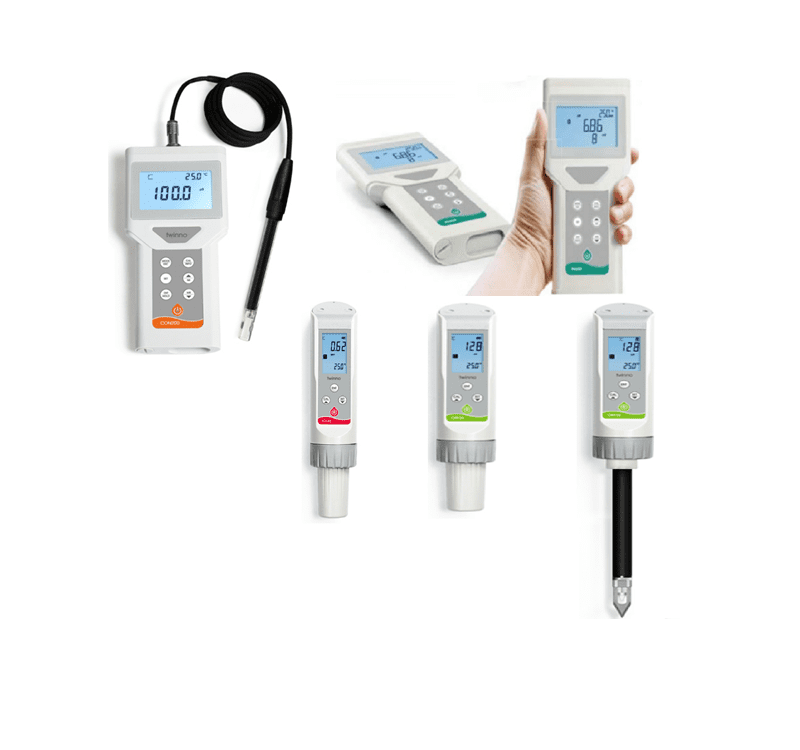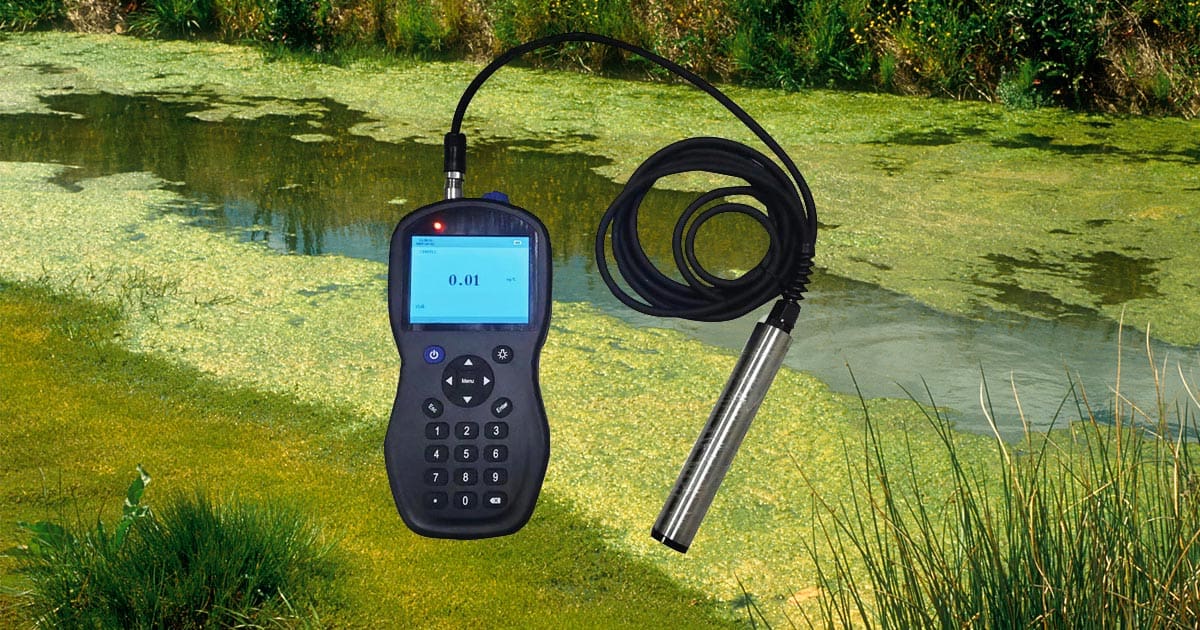


A Water Quality Testing Instrument for Blue Green Algae
October 28, 2019


Industrial Signal Isolation Enhances Safety and Reliability
April 4, 2024Overview
Oxygen is required by all animals. Aquatic animals get their oxygen from the tiny amounts that are dissolved in the water. When testing the water quality in a healthy lake or river that supports fish and other aquatic species, the amount of dissolved oxygen (DO) normally ranges between 5mg/l and 14mg/l. Below 5mg/l aquatic animals start to die, so it is very important that the level is kept high enough for the animals to survive. Some species of fish require higher levels of DO for example rainbow trout cannot survive levels of less than 8mg/l so they will not be found in slow moving warm water.
How Dissolved Oxygen Increases and Decreases in Waterways
The maximum amount of oxygen that can remain dissolved in the water is dependent upon the water temperature and the atmospheric pressure.
The agitation of the water in a stream or river as it washes over rocks will aerate the water and increase the amount of DO
As atmospheric pressure drops, more dissolved oxygen escapes into the atmosphere, so high mountain streams will not retain as much oxygen as that same water would at sea level. Similarly, as the water temperature rises, the water is not able to hold as much DO as it could at a lower temperature for the same atmospheric pressure.
Oxygen is replenished in moving water by several mechanisms:
- The natural diffusion of oxygen into the water.
- The production of oxygen through photosynthesis of plants in the body of water
- The aeration of the water flowing over objects such as rocks and creating turbulence.
Besides increased temperature, dissolved oxygen can also be depleted by increased aerobic microbial action.
The change from aerobic conditions (satisfactory levels of DO) to anaerobic conditions (low DO) can cause putrefactive decomposition resulting in mercaptanes, sulphides and amines. Both aerobic and anaerobic organisms exist in water, but the anaerobic organisms produce foul smelling odours such as hydrogen sulphide. It is better therefore to keep the water aerated so that the aerobic organisms are effective in oxidising the waste matter.
When the top layers of the water are warm, the ability of the oxygen to diffuse into the water below is severely hampered. This will be exacerbated if the water is only moving very slowly or not at all. Under these conditions, the DO can drop to dangerously low levels where fish start to suffocate and die.
Dissolved Oxygen levels also serve as the basis for the Biological Oxygen Demand test which is a measure of the ability of domestic and industrial waste to pollute a body of water. Measuring the residual dissolved oxygen in a stream of water at regular intervals aids in the measurement of biochemical oxidation.
Recent Fish Kills
Fish kills in many countries are due to the depletion of dissolved oxygen. This illustrates the crucial importance of maintaining the DO in natural waterways and the ocean.
Below are two examples from Australia in the second half of 2019.
Reported by Julia Holman on “The World Today”, an ABC Publication, on Monday 14th October 2019. “A new video has emerged, showing what appears to be thousands of dead fish in the Menindee Lakes system.
In late 2018 and early 2019 millions of fish were killed in the area, near Broken Hill in far Western NSW, and locals fear this summer could be even worse.
The Federal Government has today released its plan to mitigate fish kills this summer, but it’s been described as a band-aid solution.”
Reported by Bruce McKenzie on ABC News Online on 20 June 2019
“Thousands of fish have died on the New South Wales north coast after a council bowed to public pressure and opened a lagoon, sending a deadly wave of de-oxygenated water surging down a nearby creek.
Key points:
- Thousands of dead fish have washed up on the banks of Tallow Creek, south of Byron Bay
- The incident occurred after Byron Shire Council removed a sand bank to open a lagoon
- Council said they were pressured by the community to open up the creek as it was causing flooding in the yards of neighbouring residents
A sand bank was removed from Tallow Creek, just south of Byron Bay, following complaints from nearby residents about flooding in their yards.
Local conservationist Dailan Pugh said as the water rushed out to sea, oxygen levels in the creek plummeted.
“Because there was no rain occurring in the catchment at the time, it was inevitable that what they were doing would result in a significant fish kill,” he said.
“There were thousands of bream and flathead and whiting and mullet and eels dead on the banks and more in the water.”
These two events clearly highlight the importance of measuring dissolved oxygen regularly or continuously so action can be taken to protect the environment and ensure healthy aquatic life. Meascom offers pen style and handheld instruments to spot check the DO at the body of water. Meascom also offers submersible sensors combined with monitoring and controlling instruments. These continuously monitor the DO and even report it online through a cloud service.
-
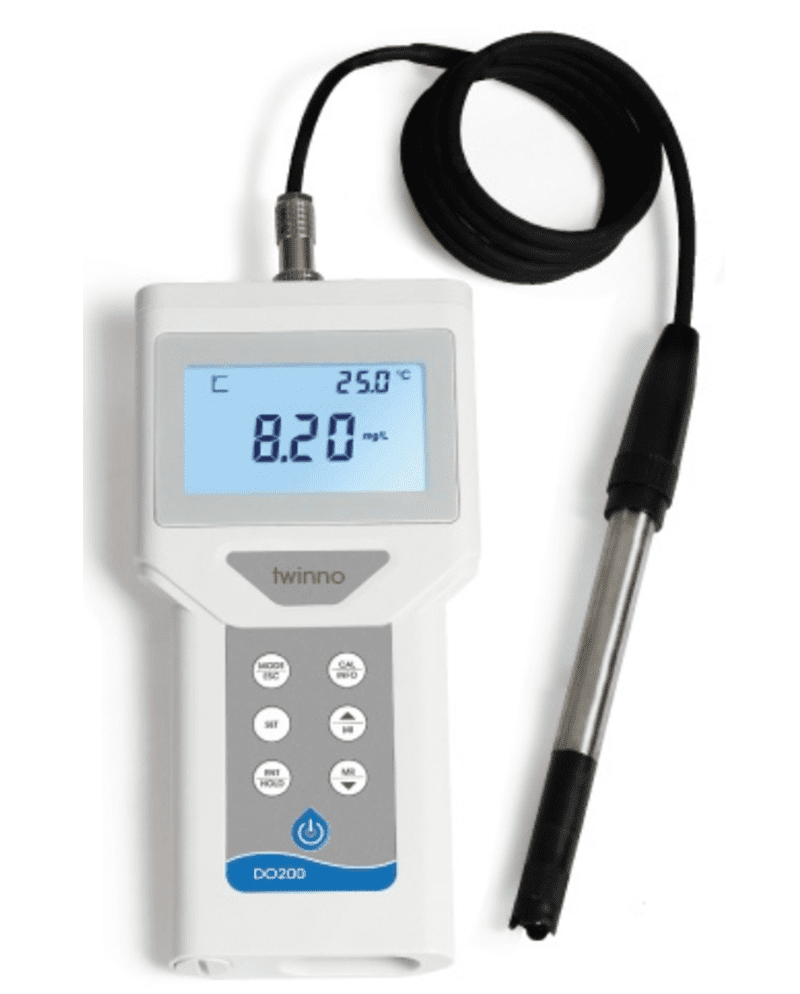
Handheld DO Tester -
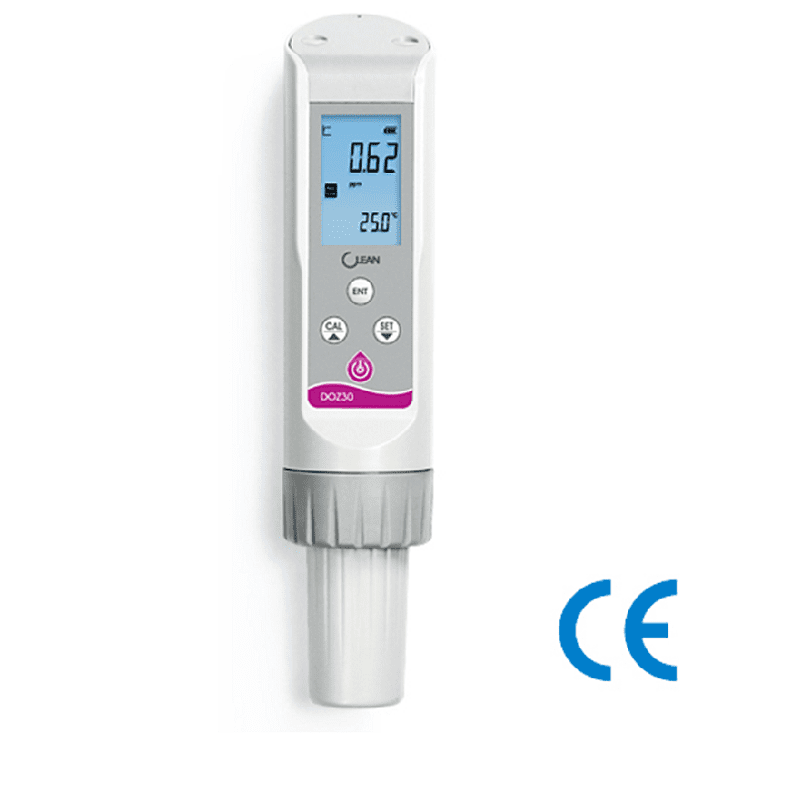
Pen Style DO Tester -


Dissolved Oxygen Continuous Monitoring and Control
Note Meascom also supplies a wide range of good quality control instruments for industrial control as well as water quality testing
For more information contact Ian at Meascom on +61 439 741 877
To purchase directly from our online shop, click here.
-
HHT-DO200 Handheld Dissolved Oxygen, and Temperature Tester
$879.00 exc GST -
PST-DO30 Pen Style Dissolved Oxygen Tester
$592.00 exc GST -
WCM-T4042 Dissolved Oxygen Monitor and Controller in 98 x 98 mm Format
$528.00 – $555.00 exc GST

